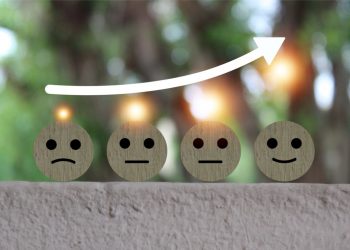 RISMEDIA, April 16, 2011—(MCT)—We all have one—that shelf or cabinet with leftover paints, old bug killers and unwanted cleaners. You don’t want that toxic stuff near your kids or pets so you keep it out of reach.
RISMEDIA, April 16, 2011—(MCT)—We all have one—that shelf or cabinet with leftover paints, old bug killers and unwanted cleaners. You don’t want that toxic stuff near your kids or pets so you keep it out of reach.
It’s equally as important to keep those dangerous chemicals out of the environment. So when it’s time to get rid of hazardous household items, make sure you do your part and dispose of them the right way.
It’s estimated that every American home has an average of 100 pounds of hazardous household waste. This includes everything from paint and thinners to used motor oil, pesticides, bleach, cleaners and even batteries. Compact Fluorescent Light Bulbs (CFLs) are also considered hazardous waste due to the small amount of mercury they contain.
Let’s start with what not to do when getting rid of all this stuff. Pouring hazardous household waste down any drain sends the toxins directly into our water supply.
Drains include the ones inside your home and the storm drains outside. Pollution flowing into storm drains is called storm water pollution and it’s the leading cause of fresh water pollution in America.
You should also never put hazardous household waste in the trash. Whether it’s sending it to a landfill or burning it in a trash pile, both can release toxins directly into the air, land and water. Hazardous household waste needs to be disposed of properly. This means taking it to a qualified recycling center. You can also contact your county waste collection office for recycling information. Many communities hold hazardous household waste collection events throughout the year so be looking for those too.
Another way to reduce the amount of hazardous household waste in your home is to start buying less of it. Many times there are natural alternatives that work just as well. Eco-friendly cleaners and pesticides are more widely available on store shelves and while they may cost more to purchase, keep in mind the true cost of an item is always more than just the money you spend.
Just because the hazardous household waste may be out of sight in your home, it shouldn’t be out of mind. Identifying it, disposing of it and reducing the amount in your home are all easy ways to do your part for everyday green living.
(c) 2010, The Charlotte Observer (Charlotte, N.C.).
Distributed by McClatchy-Tribune Information Services.










